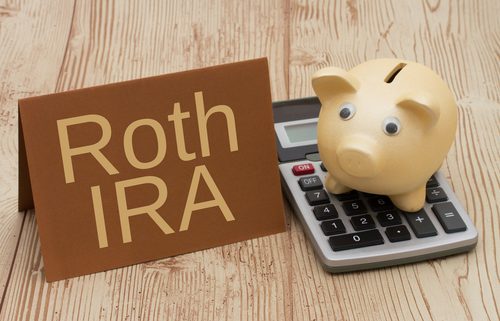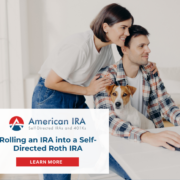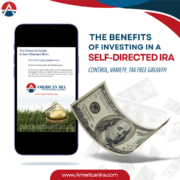Little-Known Self-Directed Roth IRA Tips
Self-Directed Roth IRAs
It just might be one of America’s favorite retirement accounts: the Roth IRA. This after-tax account is unique because it allows investors the ability to build money toward retirement that doesn’t have to be taxed on the back end. Because the contributions to a Roth IRA aren’t tax-deductible, that money is considered already taxed. In other words, when you invest in a Self-Directed Roth IRA, you put aside some of your retirement money for tax protection that allows you to buy and sell within the account with ease. But what are some of the lesser-known aspects of this style of investing? Here’s a tip you’ll need to know.
Self-Directed Roth IRA Tip #1: Long-Term Investing
One of the key distinguishing factors that makes a Self-Directed Roth IRA different is that it doesn’t have required minimum distributions, or RMDs. What are RMDs? RMDs kick in when you have a before-tax retirement account, like a Self-Directed Traditional IRA. Because this money that goes towards the account has yet to be taxed, the government eventually does want to see a slice of that money in the form of taxation. So, it requires that retirement investors, at a certain age, have to begin to take distributions for retirement.
This means that people who use before-tax accounts such as Traditional IRAs will eventually have to take required minimum distributions, triggering taxable events—even well into their retirement age. With a Roth IRA, however, this is not required. You can go on investing through a Roth IRA even well into retirement age, which means you can continue to build a tremendous amount of momentum with the power of compounding returns.
Self-Directed Roth IRA Tip #2: Get Creative
Self-Directed Roth IRAs are powerful retirement investing vehicles, sure. But they also tend to have low contribution limits, which then limits just how much money an investor can sock away in a Roth IRA. Or does it?
With Self-Direction, investors can get a little more creative with what they do with a Roth IRA. For example, investing in a private company’s stock within a Roth IRA has tremendous amounts of potential, because it can mean investing in a company when its value is at its lowest creating plenty of room for growth. For example, famous investors Peter Thiel reportedly built billions of dollars of value in a Roth IRA by putting money in private stock within a Roth IRA at a younger age.
This isn’t to say that every investor should replicate what Peter Thiel did. In fact, one of the great reasons investors can choose a Self-Directed Roth IRA is that this type of account gives them the flexibility to make that choice for themselves. However, it does show that there is a tremendous amount of range in what investors can choose to do with a Self-Directed Roth IRA. For example, when investing in real estate, investors can use non-recourse financing to use leverage. This is a powerful way to invest for retirement for those who have experience in real estate.
Its Up to You
Ultimately, what you do with your Roth IRA will be up to you. What do you want to invest in? What do you want to plan for your retirement? You’re going to be the one making the calls here. That’s why it’s important to know the full range of what’s possible.
Interested in learning more about Self-Directed IRAs? Contact American IRA, LLC at 866-7500-IRA (472) for a free consultation. Download our free guides or visit us online at www.AmericanIRA.com.
Want another tip about Self-Directed IRAs? Visit: The Self-Directed Roth IRA Tips You Might Not Have Heard (americanira.com)









